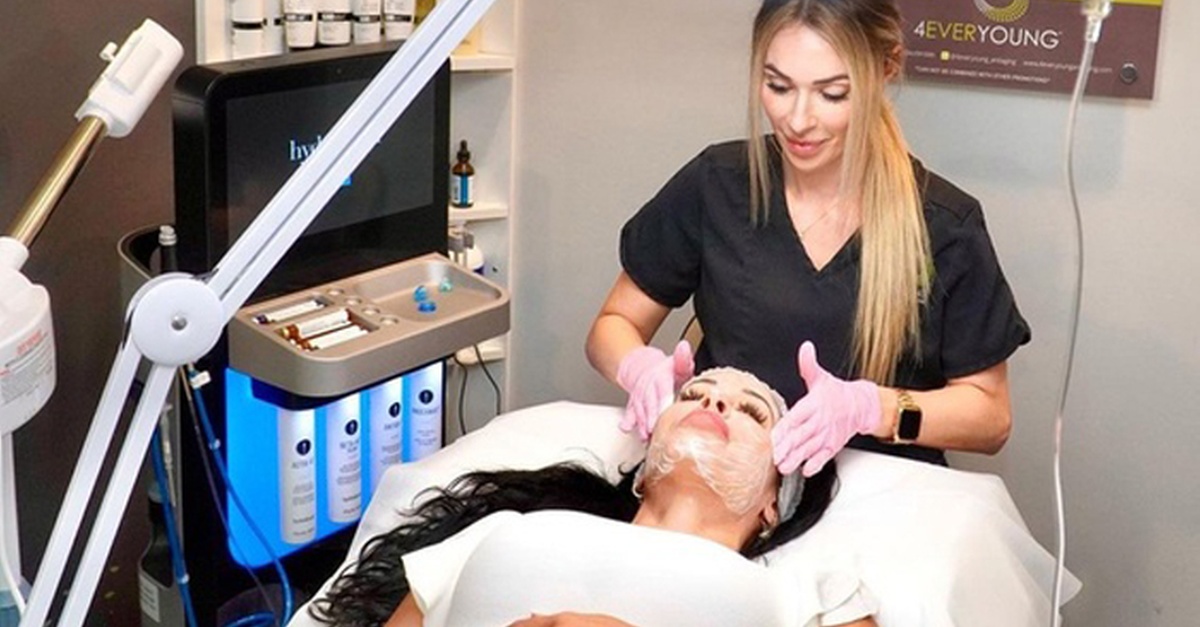
Understanding the Therapeutic Technique and Its Benefits
Lymphatic massage, commonly referred to as manual lymphatic drainage (MLD), is a therapeutic massage technique aimed at enhancing the circulation of lymph fluid throughout the lymphatic system. The lymphatic system, a crucial part of the body’s immune system, is responsible for the removal of waste products and carries lymph—a fluid containing infection-fighting white blood cells—throughout the body. MLD utilizes gentle, rhythmic strokes to stimulate lymph flow and encourage the natural drainage of lymph, which may be impaired due to health conditions or surgical procedures.
The practice of lymphatic massage can be particularly beneficial for individuals experiencing lymphedema, a condition often marked by the accumulation of lymph fluid and subsequent swelling, typically in the arms or legs. This swelling is quite common after certain surgeries, such as breast cancer surgery, where lymph nodes may be removed or damaged. By carefully applying pressure and movement in specific directions, trained practitioners of lymphatic massage help to mobilize fluid buildup and facilitate the reduction of swelling.
While lymphatic massages are primarily used in the context of medical conditions, they can also be a soothing experience for those looking to promote general health. By encouraging lymph flow, these massages can support the body’s innate detoxification processes and augment overall well-being. It’s a form of therapy that not only caters to specific health needs but also contributes to a sense of relaxation and bodily harmony.
Understanding the Lymphatic System
The lymphatic system is a critical component of the body’s immune response and fluid balance, encompassing a network of lymph nodes, vessels, and tissues.
Components and Function
The lymphatic system is composed of lymph, a clear fluid that circulates through lymphatic vessels, and is closely tied to the circulatory system. Its primary components include:
- Lymph: The fluid containing infection-fighting white blood cells.
- Lymph Nodes: Small, bean-shaped structures that filter lymph and trap foreign invaders.
- Lymph Vessels: They transport lymph throughout the body, akin to veins and arteries.
- Tissue: Including the tonsils, thymus, and spleen, which produce and store cells that help fight infection.
Its function revolves around maintaining bodily fluid levels, distributing nutrients, and disposing of waste products. The lymphatic system also plays an integral role in protecting the body against pathogens.
Significance of Lymph Drainage
Lymph drainage is the process by which the lymphatic system moves lymph fluid through the body, crucial for:
- Reducing swelling: Accumulated fluid in tissues, known as edema, is drained, alleviating swelling.
- Immune system support: Efficient lymph drainage is essential for operational immune responses as it removes foreign materials captured by lymph nodes.
- Circulation: Proper lymph drainage aids the circulatory system by returning filtered plasma to the bloodstream.
Benefits of Lymphatic Massage
Lymphatic massage, a specialized therapy focusing on improving lymphatic circulation, offers distinct advantages for addressing numerous health conditions. It facilitates the clearing and reabsorption of lymphatic fluid, thereby impacting the management of lymphedema and edema, and improving overall quality of life.
Medical and Therapeutic Benefits
Lymphatic massage can provide significant medical and therapeutic benefits. It serves as a versatile remedy for lymphedema and edema, conditions characterized by abnormal swelling due to the accumulation of lymph fluid. Regular sessions can help reduce this swelling by enhancing the reabsorption of lymphatic fluid back into the circulatory system. For individuals dealing with fibromyalgia or rheumatoid arthritis, the gentle manipulation of tissues can lead to a reduction in pain and inflammation.
Furthermore, the therapy aids in detoxification by assisting in the removal of toxins from the body. This can boost immune function and potentially decrease the risk of infections and blood clots. Patients who have experienced a stroke may also find improved mobility and quality of life through the proper drainage of lymphatic fluid, which is crucial during the recovery process.
Post-Surgical Applications
After surgeries, such as breast cancer surgery, lymphatic massage can significantly enhance the recovery experience. It’s used to prevent the buildup of fluid and reduce infection risks by effectively clearing the lymphatic system; this is particularly important for cancer treatment patients. By reducing swelling and promoting healing, patients can experience less discomfort and improved mobility.
The method has also been applied to reduce the appearance of cellulite, manage symptoms of lipedema, and support individuals with congestive heart failure and chronic venous insufficiency. It’s important for patients to have lymphatic massage performed by a trained specialist to ensure proper technique, especially after surgeries where the risk of complications must be carefully managed.
By integrating lymphatic massage into care plans, patients may find an improvement in psychological well-being, as reduction in physical symptoms can ultimately influence the management of conditions like depression. Proper lymphatic function is essential for maintaining health, and through lymphatic massage, therapists can directly contribute to the well-being of their patients.
Techniques and Methodology
Lymphatic massage, or lymphatic drainage massage, incorporates specific movements by the massage therapist, aiming to enhance the functioning of the lymphatic system. The methodology varies according to whether it is performed by hand or with instruments, yet the goal remains the same: to promote lymph flow and assist in the removal of bodily toxins.
Manual Techniques
The manual form of lymphatic drainage massage is characterized by a set of precise movements which include gentle pressure and rhythmic circular motions to stimulate lymph flow. These manual techniques are typically employed by a certified lymphedema therapist, who utilizes a combination of light skin stretching movements that follow the pathways of the body’s lymphatic system. Focus areas often include the armpits, groin, arms, and legs due to the higher concentration of lymph nodes in these regions.
Instrument-Assisted Techniques
In addition to hand techniques, certain therapists may integrate instrument-assisted methods to optimize lymphatic drainage. Instruments, which might range from rollers to more advanced devices, are designed to complement manual stretching and manipulation of the skin. They can deliver consistent and measured pressure to ensure thorough coverage of affected areas. In some instances, a patient may also be advised to wear a compression sleeve to maintain the effects of the lymphatic drainage post-massage. Self-massage strategies using simple tools are occasionally recommended for patients to conduct at home as part of their ongoing management of lymphedema.
Considerations and Best Practices
Before undertaking lymphatic massage, it is vital for individuals to consider when the therapy is appropriate, acknowledge potential risks, and understand the best practices for enhancing the therapy’s efficacy and safety.
When to Seek Therapy
Lymphatic massage is recommended for individuals experiencing fluid buildup, particularly after surgical procedures such as a mastectomy. The gentle manipulation of the skin aids circulation, promotes the movement of lymphatic fluid, and helps reduce post-surgical swelling. It’s often utilized as part of a comprehensive treatment plan including the use of a compression garment to support blood flow and reduce stiffness in the upper body, neck, and ankle areas. Those with medical conditions affecting lymph drainage or patients recovering from plastic surgery may also benefit from these specialized techniques.
Potential Risks and Side Effects
While lymphatic massage offers therapeutic benefits, it’s not without its risks. Individuals with infections, deep vein thrombosis, or congestive heart failure should avoid this treatment or consult their healthcare provider due to the potential spread of microorganisms and waste materials. Side effects can include but are not limited to temporary discomfort, fatigue, or lightheadedness. Over-manipulation of the axillary lymph nodes could potentially cause tissue damage, so procedures like connective tissue massage, cupping, or compression must be performed by a trained specialist to avoid exacerbating muscle tension and ensuring the safe facilitation of body fluid and waste product removal, enhancing relaxation and detoxification without harming the body’s tissues.

